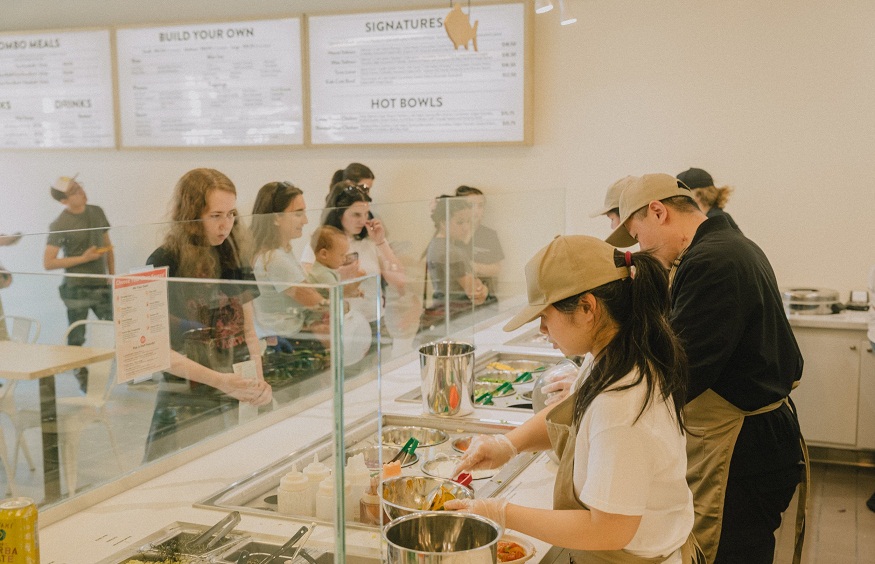
10 Challenges of Starting a Poke Bowl Business
Poke bowls restaurants have tremendously grown over the last few years. The global market of poke bowls is expected to grow at an 18.55% CAGR through 2028. This business presents a profitable prospect now that consumers desire fresh, healthy choices.
However, even though the poke bowl business seems lucrative, it comes with shares of challenges typical with starting any other business. This blog discusses the ten most significant challenges of starting a poke bowl business. Let’s delve into them.
Market saturation and competition
The popularity of poke bowls has surged, resulting in a crowded market. So if you want to compete with established restaurants and even those entering the market, you must have a unique value proposition. You must find a way of standing out in the saturated market. You can achieve that by having unique recipes, offering exceptional services, or an excellent dining experience. However, finding that unique value proposition can be quite challenging.
Sourcing fresh ingredients
It is no secret that poke bowls heavily rely on fresh ingredients, particularly raw fish. However, getting a consistent supply of high-quality, fresh ingredients can be difficult and expensive. Some ingredients may be seasonal, leading to potential shortages or increased costs.
Health and safety regulations
Handling raw fish comes with certain health risks, necessitating strict adherence to food safety standards. This typically involves training staff regularly, strict hygiene practices, and frequent health inspections. Navigating the complex mesh of local, state, and federal regulations can be challenging.
High initial investment
Another common challenge of starting a poke bowl business is that it often requires high start-up costs, including renting or purchasing a location, interior design, kitchen equipment purchase, initial inventory, marketing, etc. Securing funding or investors can be an uphill task.
Operational costs
Running a Poke Bowl business doesn’t just end once you have poured in the initial investment; operational costs are also involved. These include rent, wages, and purchasing ingredients. These can be very expensive especially in urban areas. But fortunately, profit margins are substantial.
Location selection
If you want your poke bowl business to grow and prosper, you must choose a location with high traffic and a target demographic that prefers healthy, quick meals. However, prime locations can be costly and complicated to secure, making it a challenge.
Staff recruitment and retention
Your employees are the backbone of your poke bowl business and can either make or break it. However, the challenge is finding adequately trained and skilled people who can prepare poke bowls to a high standard and offer excellent customer service. Retaining staff in the food service industry can also be a significant challenge due to high turnover rates.
Marketing and branding
If you want your poke bowl business to reach a mass audience, you must promote it. This involves developing a unique logo, designing an attractive restaurant interior, and creating a consistent online presence. Marketing can be costly, making it a challenge, especially for people with a limited budget.
Adapting to consumer preferences
Consumer preferences are dynamic. They keep changing depending on trends, health concerns, and dietary restrictions. So if you want your business to succeed, you must stay ahead of trends and be able to adapt your menu as quickly as possible.
Inventory management
To minimize waste and control costs, you must manage inventory effectively. Considering the perishable nature of most poke bowl ingredients, effective inventory management practices are crucial to ensure that the ingredients are fresh and always in stock. This involves tracking and forecasting to balance supply with demand without understocking or overstocking.




